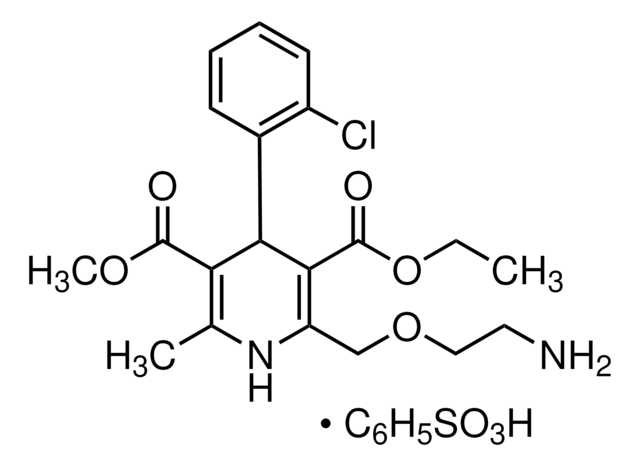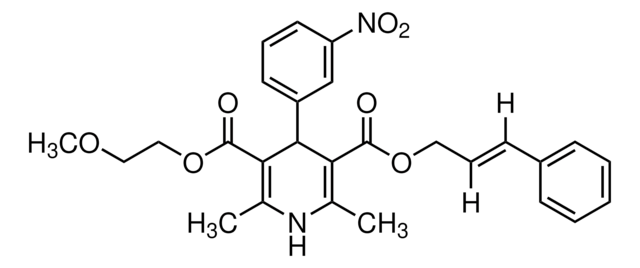SML2591
SCH-39166 hydrobromide
≥98% (HPLC)
Synonym(s):
(-)-trans-6,7,7a,8,9,13b-Hexahydro-3-chloro-2-hydroxy-N-methyl- 5H-benzo[d]naptho-(2,1-b)azepine hydrobromide, (6aS,13bR)-11-Chloro-6,6a,7,8,9,13b-hexahydro-7-methyl-5H-benzo[d]naphth[2,1-b]azepin-12-ol hydrobromide, (6aS-trans)-11-Chloro-6,6a,7,8,9,13b-hexahydro-7-methyl-5H-Benzo[d]naphth[2,1-b]azepin-12-ol hydrobromide, Ecopipam hydrobromide, PSYRX 101 hydrobromide, PSYRX-101 hydrobromide, PSYRX101 hydrobromide, SCH 39166 hydrobromide, SCH39166 hydrobromide
Select a Size
About This Item
Recommended Products
Assay
≥98% (HPLC)
form
powder
storage condition
desiccated
color
white to beige
solubility
DMSO: 2 mg/mL, clear
storage temp.
2-8°C
Biochem/physiol Actions
Choose from one of the most recent versions:
Certificates of Analysis (COA)
Don't see the Right Version?
If you require a particular version, you can look up a specific certificate by the Lot or Batch number.
Already Own This Product?
Find documentation for the products that you have recently purchased in the Document Library.
Active Filters
Our team of scientists has experience in all areas of research including Life Science, Material Science, Chemical Synthesis, Chromatography, Analytical and many others.
Contact Technical Service









